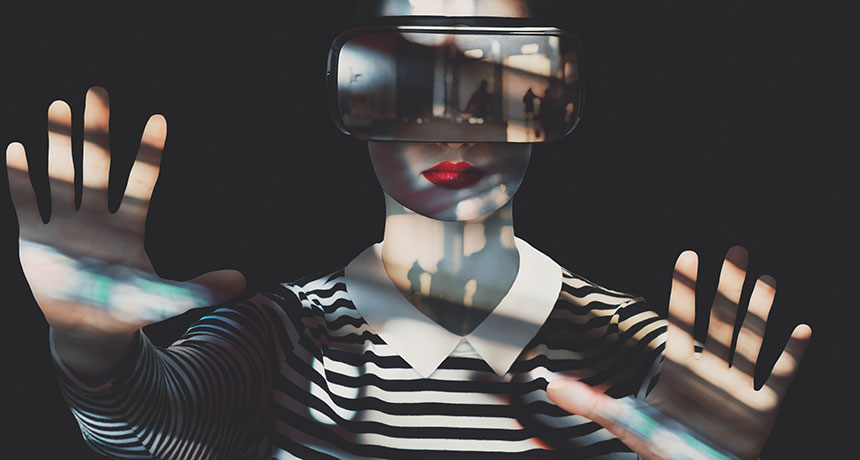Sheets of tiny bubbles could bring a sense of touch to virtual reality
Thin, shape-shifting films may one day make for more real-world experiences

FEELS REAL New silicone sleeves studded with inflatable air bubbles could one day make virtual reality gaming a more immersive experience.
ABO PHOTOGRAPHY/Shutterstock





